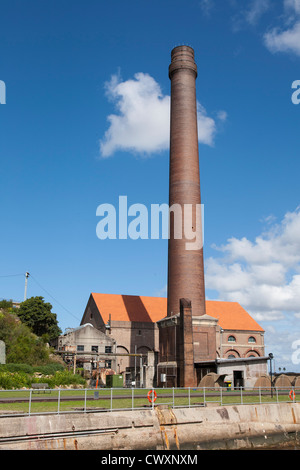

Several buildings and exhibits on the grounds as well as two tunnels used to transport prisoners and goods from one end to the other end of the island were interesting. The boys were assigned throughout the island for a variety of jobs. Interestingly, there was a ship moored that was home to orphan boys. Information listed in these records can include: name of convict, name of ship of arrival, date of arrival, where tried, date of trial, and sentence.

Convicts built prison barracks, grain storage silos and perhaps, most important, built the dock and maintained it for use by the British Navy and other ships such as battleships and submarines. This database contains muster and convict lists for New South Wales (1806, 1811, 1822-1825, 1837) and Van Diemens Land (Tasmania) (1808-1849). Learning the history of how it came to be a “penal colony” was quite interesting. We took the self-guided audio tour to explore the island. Named a UNESCO World Heritage Site, the island was a convict jail, a reformatory and industrial school, and a shipbuilding yard. Hours spent exploring the island magnificent views from all points of the island. Fire pit was lit at about 1900, plenty of space there.

Tents for two people, stretcher and mattress and bedding provided with towels. Sydney Harbour, Sydney, Cockatoo Island, New South Wales, Australia. Camping at Cockatoo Island was fantastic.even with wet weather. A short ferry ride from Sydney, Australia’s Central Business District will take you to Cockatoo Island, the harbor’s largest island. Cockatoo Island: Well worth visiting - See 943 traveler reviews, 1,172 candid photos, and great deals for Cockatoo Island, Australia, at Tripadvisor.


 0 kommentar(er)
0 kommentar(er)
